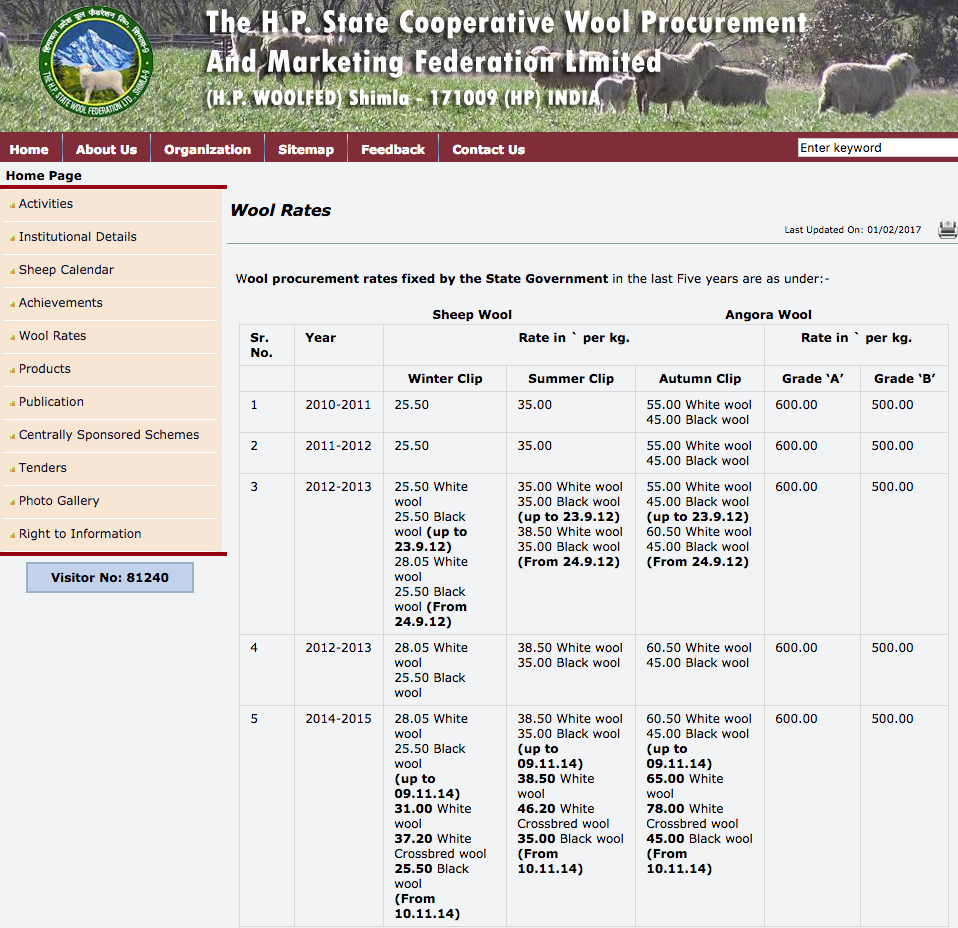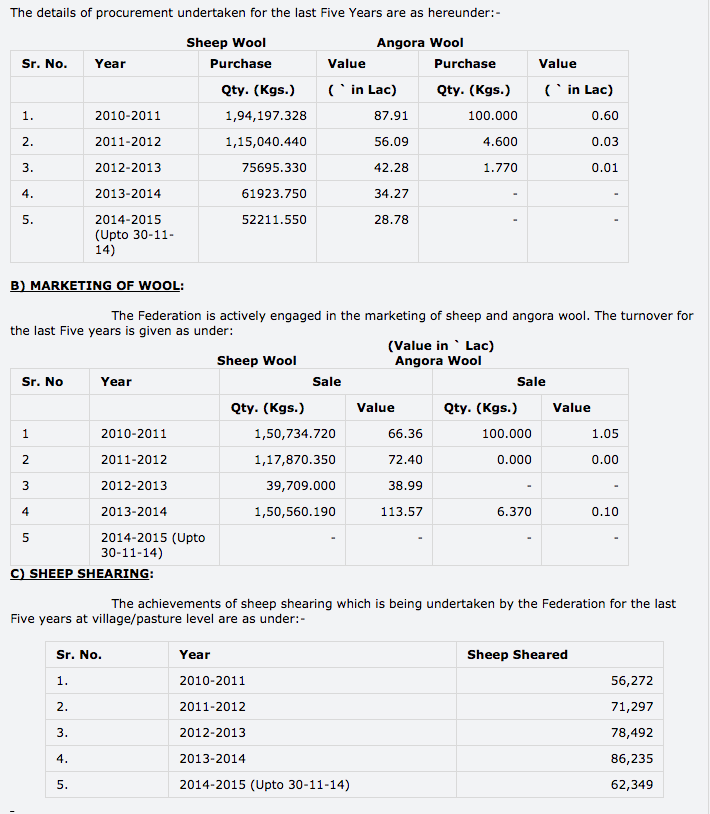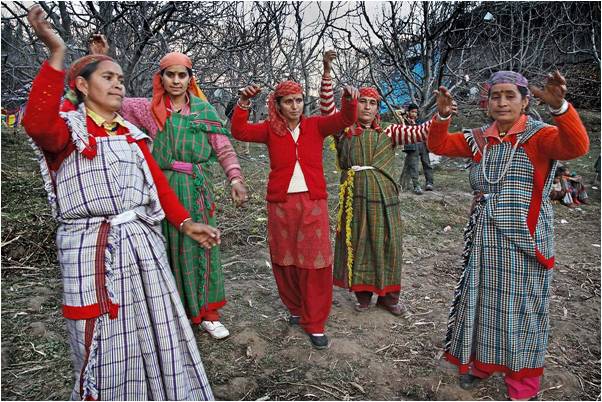Highly prized by the older generations of hill people, wool from the highlands of Kinnaur and Spiti have few takers at Lavi, the traditional trade fair where crop harvests and winter merchandise are sold every autumn in Sutlej valley.
Wool Federation, a Himachal government entity, is procuring the better quality fresh white wool sheered during the rainy season at Rs 65 per Kg and black wool at Rs 45 per Kg. The older wool shorn during the summer months, when the flocks return from the plains and head into the high pastures, is fetching the government support price of only Rs 31 per Kg for the white wool and Rs 25.50 per Kg for black wool.

A mixed lot of black and white wool is not even being bought by the Wool Federation.
Wool imported from Australia, New Zealand and Italy has hit the traditional sheepherding hard. The imported wool is sheered from better bred sheep, which grow a uniform shade of wool and is much sought after by weavers and garment manufacturers.
Buddhi Singh, a shepherd from Jeori region, an area beyond Rampur in Sutlej valley says, “We are stuck up with an older stock of traditional hill sheep, with many of them having a mixed white and black fur coating. During sheering it is hard to segregate the two colours. This type of wool has not takers in the market.”

Fearing being put out of business, Prem Sukh, another sheep herder says, “being a loss making venture, there are few youngmen who want to take up sheep rearing today.”
Before motorable roads penetrated the hills and fruit cash crops like apples, plums, peaches, almonds and others, started changing livelihood patterns of secluded Himalayan societies from mid 20th century onwards, sheep rearing, weaving and making of woollen fabric was a major industry Himachal and other hill regions.

Kullu Woollen Shawl, Kinnauri Woollen Shawl, the Lohia (woollen overcoat), Pakti (woollen gown worn by women), Doru & Gudma (woollen blankets), pajmas, jackets and the different styles of Himachali caps were all products of this large cottage industry.
The Gaddi tribesman from Chamba and higher reaches of Kangra, the Kullu valley and the tribesman from Kinnaur are the last remaining sheep herders in the state but with wool prices not keeping pace with increasing livelihood expenses, the future of these migratory people is bleak.
As Editor, Ravinder Makhaik leads a team of media professionals at Hill Post.
Spanning a career of over two decades in mass communication, as a Documentary Filmmaker, TV journalist, Print Media journalist and with Online & Social Media, he brings with him a vast experience. He lives in Shimla.




Wool, esp mixed wool of th salt+pepper kind that u mention is very fashionable visually…so one shld not compete wth clothing at all, instead go for felting or mixing wth other organic fibres(cotton, silk, hemp, flax etc)perhaps at th spinning stage(kvic is expanding, charkha is an option)…wth a good designer the same shawl cn bcom a durrie or homedecor or even panelling.